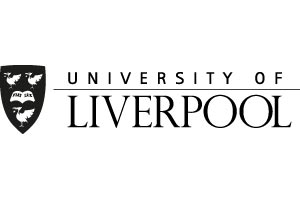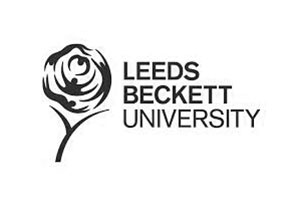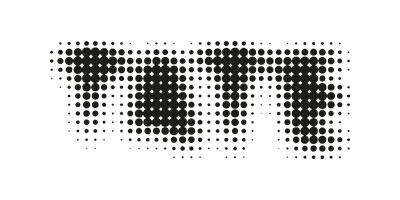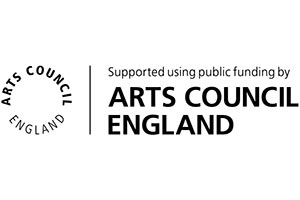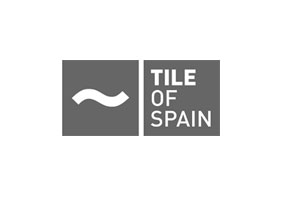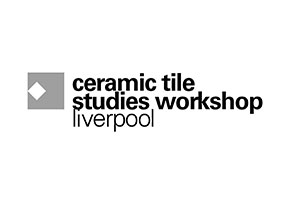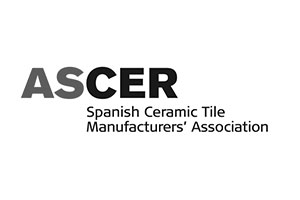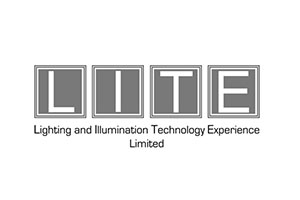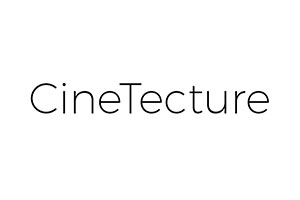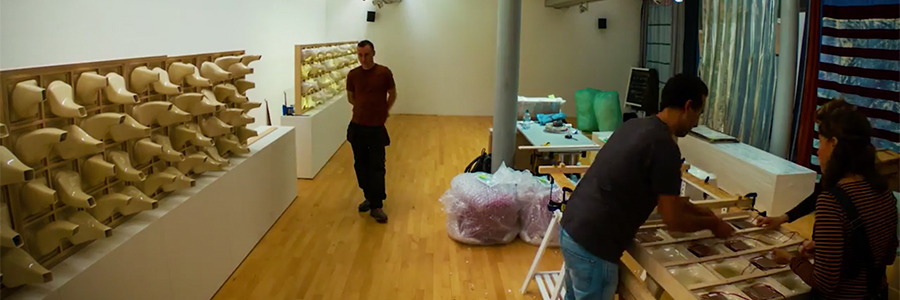
PlatFORM
The environments we inhabit and the buildings we sculpt have a fundamental impact on our experience of space, but also a major effect on our natural environment. Searching for ways to make meaningful sustainable architectures that have a sense of place, but that also minimise our energy consumption has become a priority. Questioning existing building technologies, their production techniques, the materials used, and the way that they are design-engineered is central to our approach to research and production.
Ceramics, as a sustainable and less energy intensive material, offers unique opportunities for environmental design, not only in ecological terms, but also in embracing the convergence of advanced engineering processes with art and craftsmanship. At ECAlab we believe in innovation through the fusion of past and present production methodologies and the collaboration between different disciplines, with the aim to generate a more meaningful and sustainable architecture that supports local heritage and fosters social sustainability.
In our acclaimed exhibition Cerámica, we engaged ceramic artists to reinterpret an optimised object developed in a scientific environment to explore the expressivity of clay and its potential for cultural embodiment and transformation through the hand of the craftsman. Building on the material and collaborative concepts established in this event, we now showcase PlatFORM at TATE Liverpool – a new set of experimental ceramic surfaces that explore human-centred experiences.
In PlatFORM we are interested in what ceramics can bring to architectural place-making beyond its materiality and craftsmanship. We are collaborating with ceramicists and sound artists to reflect on the performative potential of the same ceramic object, to explore the way in which ceramic architectures can enhance our experience of space. Our aims are to:
- Demonstrate how a ceramic architectural surface can create specific atmospheres, and investigate how it can actively inform the character of a space.
- Question how we control and customise architectural environments, by providing surfaces that can be selectively activated to modulate and define a diverse range of visual and acoustic ambiences, and elicit a variety of individual (psychological, physical, emotional) states in the user.
- Experiment with a new ceramic materiality to create advanced hybrid material solutions which explore new synergies between the optical and acoustic performance of the material.
- Reflect on the role of the architectural envelope in a phenomenological context, as an acoustic interface with the city, and an instrument to transport the inhabitant to different local scenarios, by opening domestic windows to the different soundscapes that compose the city’s sonic identity.
The close encounter between ceramics, light and sound offers an intense sensorial experience for the visitor and a new perspective on the formidable potential for architectural surfaces in the generation of personalised ambient space.
PlatFORM is presented through TATE Exchange. It is envisioned to facilitate new experimentation and research, as an instrument for design and production processes, based on a dialogue between disciplines and the public. TATE Exchange provides the opportunity to open the gallery to more diverse audiences through workshops, activities and debate. We have embraced this philosophy and imagined our installation not as a final product, but rather as a morphing entity, that will keep taking shape through serendipitous encounters with the audience.
The PlatFORM event is framed by the TATE Exchange year of PRODUCTION:
www.tate.org.uk/visit/tate-liverpool/tate-exchange-liverpool
Project Description
Through our collaborative works, we explore the ceramic surface as a sonic and visual interface that allows visitors to interact with, and shape their acoustic and luminous environment. Alongside previous ceramic material experiments, we present two possible environmental scenarios through two different ceramic architectural screens. The resulting body of work encourages reflection on the role of ceramics, sound and light as environmental thresholds to define the spaces we inhabit.
Material Topographies
This component of the exhibition reflects on the production of architectural ceramics, the material and phenomenological qualities that they offer to architecture. It presents works produced for Cerámica by a selection of national and international ceramicists to explore the engineering principles of a cone form and, interpret it using different clay bodies, firing techniques and their own unique decorative approaches.
Composing Topologies
This component of the exhibition explores the ceramic surface as a meta ‘musical’ instrument that allows visitors to embody the role of composers of their own environment. This surface consists of 80 engineered cones developed for our previous exhibition Cerámica, forming a surface that is 90 cm high by 4.5 m long. Half of these cones are active sonic chambers used to reinterpret the ceramic surface by exploring its potential as an acoustic creator. By manually shaping the sounds created by each of the 40 performative cones, visitors can collectively (re)create new musical environments. Sound modulation is also connected to colour and light performance. When the visitor leaves, his/her own musical and luminous footprint will remain in the space, until the next visitor interacts with the ceramic surface.
The ceramic cones have been optimised in real-time digital space to maximise light diffusion. Slip cast moulds, manufactured using file to factory techniques, are used to produce each white ceramic sinuous cone.
Interface Soundscapes
This ceramic surface allows visitors to connect and be transported to different locations in the city, through listening to characteristic soundscapes of Liverpool. These journeys stimulate the discovery and provoke an active reflection on the qualities of the acoustic environment that surrounds us in everyday life, often drowned out and dominated by visual stimulation. For this surface, we have generated three new ceramic sinuous shapes, with the aim to create acoustic resonators. The internal cavities of these shapes create a chamber, emulating seashells, as natural resonators capturing and retaining acoustic essences.
This surface is created with 80 of the new ceramic earshells, forming a surface that is 90 cm high by 4.5 m long. 30 are active sonic and luminous chambers. Light attracts visitors’ attention to different unknown locations. By listening to the shells, visitors will intimately travel throughout the city. The electronic and sensorised construction allows visitors to impregnate the private and domestic space with urban and public qualities.
Held against the light, the ceramics shells reveal their inner structure. This surface explores qualities of translucency in the clay using a new translucent material. The organically interwoven visual and auditory elements provide a new reading for the use of ceramics in architecture, as an unfathomable floating presence in the space.
PlatFORM is the result of a new collaborative team at ECAlab:
ECAlab directors Rosa Urbano Gutierrez and Amanda Wanner
Ceramics Artist Edit Szabó
Sound Artists Eduardo Coutinho and Ian Costabile
Programme of Events
Opening Times
Monday – Sunday, 10am – 5pm
Saturday 22 September
ECAlab Film and PlatFORM open to the public
Launch Event 12-3 pm Everyone welcome
Public Lecture by ECAlab Rosa Urbano Gutiérrez + Amanda Wanner. FREE but numbers limited.
Sunday 23 September
Curator tour by ECAlab. FREE but numbers limited.
Public Lecture by Edit Szabó. FREE but numbers limited.
Monday 24 September
Curator tour by ECAlab. FREE but numbers limited.
Public Lecture TBC. FREE but numbers limited.
Tailored Workshop for the University of Liverpool. Architecture Department
Tuesday 25 September
Curator tour by ECAlab. FREE but numbers limited.
Public Lecture by Wendy Lawrence. FREE but numbers limited.
Tailored Workshop for Glyndwr University. Ceramics Department
Wednesday 26 September
Curator tour by ECAlab. FREE but numbers limited.
Public Lecture TBC. FREE but numbers limited.
Tailored Workshop for Cardiff Metropolitan University. Ceramics Department
Thursday 27 September
Private tailored workshop for Royal School for the Blind, Liverpool. Not open to the public.
Tailored Workshop for the University of Liverpool. Music Department.
Friday 28 September
Curator tour by ECAlab. FREE but numbers limited.
Public Lecture by Edit Szabó. FREE but numbers limited.
Welcome reception for symposium speakers. Not open to the public.
Saturday 29 September
Constructive Dialogues Symposium. FREE but numbers limited.
A one day conference bringing together architects, artists, industry professionals, engineers, researchers and the public to discuss emerging thinking and ceramic futures.
Sunday 30 September
Curator tour by ECAlab. FREE but numbers limited.
Public Lecture by ECAlab Rosa Urbano Gutiérrez + Amanda Wanner. FREE but numbers limited.
For More details visit:
www.tate.org.uk/whats-on/tate-liverpool/tate-exchange/workshop/platform
